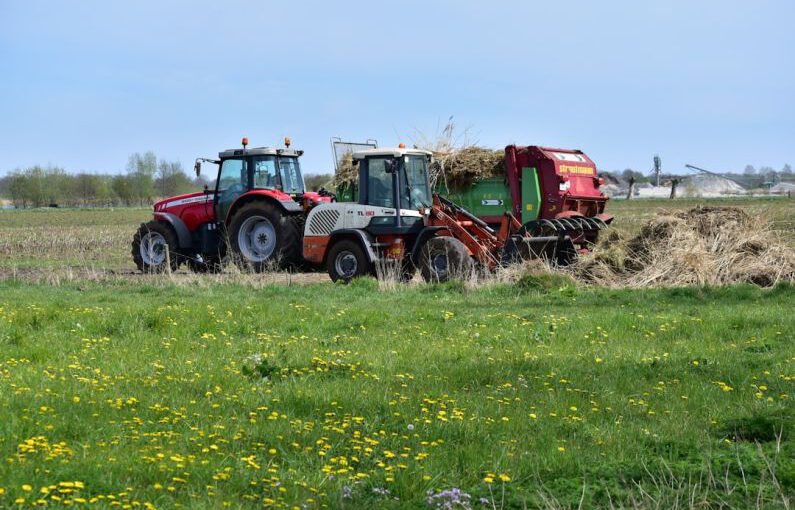Preparing the soil for the next growing season is a crucial task that all gardeners should prioritize to ensure healthy plant growth and abundant harvests. By taking the time to properly care for the soil, you can set the stage for a successful growing season ahead. Here are some essential tips to help you prepare your soil for optimal plant growth and productivity.
Understand Your Soil Type
Before you begin any soil preparation activities, it’s essential to understand the type of soil you are working with. Different soil types have unique characteristics that can impact plant growth. Sandy soils drain quickly but may lack nutrients, while clay soils hold moisture but can be dense and compacted. Loamy soils, which are a balanced mix of sand, silt, and clay, are often ideal for gardening. Conduct a simple soil test to determine the pH level and nutrient content of your soil, which will guide you in making necessary amendments.
Remove Weeds and Debris
Clearing your garden of weeds and debris is a critical first step in preparing the soil for the next growing season. Weeds compete with your plants for nutrients and water, so it’s essential to remove them to give your plants the best chance to thrive. Pull out any existing weeds and remove dead plant material to prevent the spread of diseases. Consider using mulch to suppress weed growth and maintain soil moisture levels.
Add Organic Matter
Adding organic matter to your soil is one of the most effective ways to improve its structure, fertility, and moisture retention. Compost, well-rotted manure, leaf mold, and other organic materials can provide essential nutrients to your plants and enhance soil health. Spread a layer of organic matter over the soil surface and work it into the top few inches of soil using a garden fork or tiller. This will help improve soil structure, increase microbial activity, and promote healthy root development.
Adjust Soil pH
The pH level of your soil plays a crucial role in nutrient availability to plants. Most plants prefer slightly acidic to neutral soil pH levels. If your soil pH is too high or too low, it can affect the uptake of essential nutrients by plants. Conduct a soil test to determine the pH level of your soil and make adjustments as needed. Adding lime can help raise pH levels in acidic soils, while sulfur can lower pH levels in alkaline soils. Aim for a pH level that is optimal for the plants you plan to grow in your garden.
Improve Drainage
Proper soil drainage is essential for healthy plant growth, as waterlogged soil can lead to root rot and other issues. If your soil has poor drainage, consider incorporating organic matter such as compost or perlite to improve soil structure and aeration. Raised beds or planting on mounds can also help improve drainage in areas with heavy clay soil. Avoid working the soil when it is too wet, as this can lead to compaction and poor drainage.
Rotate Crops
Crop rotation is a beneficial practice that can help prevent soil depletion, nutrient imbalances, and pest and disease buildup. By rotating your crops each season, you can help maintain soil fertility and promote overall soil health. Different plants have varying nutrient requirements, so rotating crops can help ensure that the soil remains balanced and productive. Plan your crop rotation carefully to avoid planting the same family of crops in the same area year after year.
Protect Soil Health
Maintaining soil health is essential for long-term gardening success. Avoid walking on garden beds or compacting the soil, as this can disrupt soil structure and root growth. Consider using cover crops during the off-season to protect the soil from erosion, suppress weeds, and add organic matter. Mulching your garden beds can also help conserve soil moisture, regulate soil temperature, and reduce weed growth. By taking steps to protect soil health, you can create a fertile and productive growing environment for your plants.
Incorporate these tips into your soil preparation routine to set the stage for a successful growing season ahead. By understanding your soil type, clearing weeds and debris, adding organic matter, adjusting soil pH, improving drainage, rotating crops, and protecting soil health, you can create an optimal growing environment for your plants. With proper soil preparation, you can enjoy healthy plant growth, bountiful harvests, and a thriving garden year after year.





